Last fall I wrote a blog on connecting that struck a chord with one read who wisely noted:
“Being connected may just be the tip of furthering anything, even with ourselves…the real work comes in relationship.
Do you suppose that the connectivity is the driving force/thread that maintain the relationship with our groups/teams? What is beyond connectivity?”
What great questions! To reconnect with the conversation, remember that it arose from the idea of replacing Tuckman’s teaming concept (Forming-Storming-Norming-Performing) with one more suited to today’s turbulent and interdependent world: Connecting-Engaging-Acting in the context of Continuous Performance. This model is built on the work of organizational psychologists Kenwyn Smith and David Berg[1].
 Connecting is very personal, an experience of your “self”, the “other” person(s), and the “link” that connects you. Out of this the first concept of systems arises: Systems emerge from the dynamic relationships and interactions between their parts (people).
Connecting is very personal, an experience of your “self”, the “other” person(s), and the “link” that connects you. Out of this the first concept of systems arises: Systems emerge from the dynamic relationships and interactions between their parts (people).
Becoming aware of the whole system, the team, and how “my self” is impacted by it is the first challenge of connection. Every member has a choice to connect or remain detached during every interaction with others in their team. We normally don’t recognize our interactions as discrete choices; we just experience the dynamic of connecting. Over time, and with each team member, we establish a degree of connectedness or detachment. Looking at the whole, this is the team’s “culture.”
This continuous interplay forms the process of connecting, a process that both initiates the “teaming cycle” and completes it (each culminating Action creating a deeper sense of connection within the team). As Smith and Berg note:
The paradox of involvement explores the relationship between involvement and detachment, observation and experience. … Can there be involvement without withdrawal, or do the two spring from a common source of what it means to belong?”
Let’s look deeper into this dynamic to understand what is required when we give up part of our individual freedom to merge with the collective.
I took this concept to the Knowesys[2] team, a small idea incubator, for reflection. We structured our conversation as a polarity map,[3] first asking what our Greatest Hope and Deepest Fear was when facing the polarity of involvement and detachment.
- Greatest Hope: That diverse contributions will fuel the emergence of startlingly creative outcomes!!
- Greatest Fear: There is no reason for the collective (ie team) to exist!!
With this as context, let’s further explore the dynamic of involvement-detachment to help us manage the connecting phase of teaming. Remember in polarities you always have both poles operating and as leaders our responsibility is to manage the dynamic flow, both positive and negative, between them.
So that we can end on a positive note, let me first present our understanding of the negative aspects of this polarity. When involvement and detachment are taken to extreme they both produce attitudes and actions that can, and will, lead to dissolution of the collective. If we are overly attached as a team, groupthink replaces group thinking, a subtle but critical line in the sand that leaders (and team members) need to watch out for. When that happens we become too emotionally invested in the ideas of the collective and closed to the individual diversity that generates high-performance. Blind spots, increasingly critical attitudes, becoming unwilling to listen to each other, and rigid boundaries drive the dynamic away from involvement and toward detachment.
On the other hand when team members are overly detached, forcing the team to the negative aspect of this pole, there is a lack of commitment to the group’s decisions that stalls progress. When no one feels accountable to the collective, passion dissipates, outcomes become WIIFM, and focus is lost.
We can all agree that these are two places in the dynamic we want to steer clear of. But what are we navigating toward? The positive aspects of the two poles are where, in the words of Smith and Berg, both “personess” and “groupness” show up, where the parts and the whole are experienced. This then, explains the Third Concept in systems thinking: The whole is greater than the sum of the parts, often far greater.
What do these two poles contain? When we are involved we are passionate, engaged, and learning. Distributed leadership moves the team forward and the role of the self (personess) is to drive team action – we think of this as generative ego involvement. In this context, the team is willing and able to take appropriate risks as a collective; no one is out on the skinny branches alone.
In addition, positive detachment ensures that independent thinking is valued and there is a general openness to alternative ways forward. With greater participation, the team can leverage its diversity – making lateral associations, sensing weak signals in the environment, and then using these to synthesize new ideas and paths forward. With this increased ability to reframe the situation, the group can be “startlingly creative.”
As Smith and Berg observe: “When one learns how to deal with one’s groupness, the importance of individuation fades, and, through its fading, individuation is realized. …members learn to accept their groupness and the group learns to accept the importance of its members.”
How is that for a paradox?? Next time more on connecting.
[1] Smith, KK and Berg, DN. Paradoxes of Group Life: Understanding Conflict, Paralysis, and Movement in Group Dynamics. Jossey-Bass, San Francisco, 1987.
[2] Knowesys is composed of consultants Julie Denomme, Tom Woodman, Cindy Weeks, Don Johnston, Bruce Flye, Tom Roy, and myself.
[3] Barry Johnson, http://www.polaritymanagement.com
 Sections of this topic
Sections of this topic

















